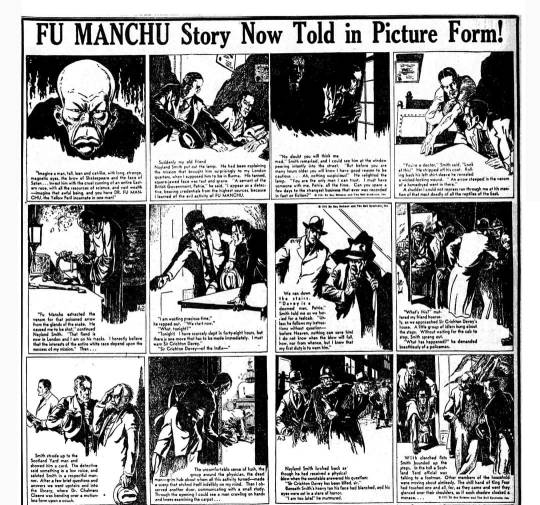#sax rohmer
Text

Tsai Chin in The Castle of Fu Manchu (1969)
#the castle of fu manchu#tsai chin#1960s horror#1960s movies#1969#jesús franco#sax rohmer#adventure#crime#horror
157 notes
·
View notes
Text
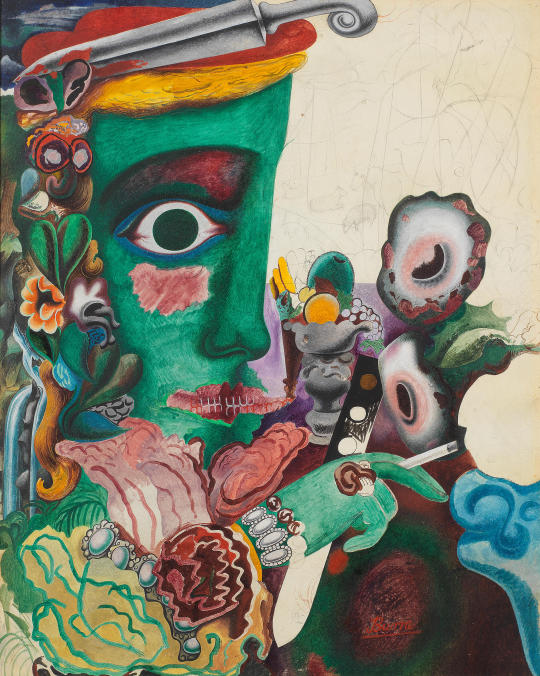
Edward Burra (British, 1905-1976), Dr Fu Manchu, 1931. Pencil and watercolour, 24 x 19 1/4 in.
114 notes
·
View notes
Text
Salaar: Scene Interpretation!
Fog lifts from the harbor, dawn goes down to day
An agent crests the shadows of the nearby alleyway
Piles of broken bricks, sign posts on the path
Every moment points towards the aftermath,
Deva and Amma were traveling from village to village, escaping from something or somebody. But nobody was actively pursuing them, like they did with Aadhya. In fact, Radha Rama (through Vedha) was just trying to find them discreetly by searching through the cctv cameras across the nation. Even Obulamma, Radha Rama's closest maid had no idea about this. The search mission was so secretive that Vedha hid the photo of his target behind the papers in his own den and refused to take his name even when he was among his men. It was as if they feared some kind of retribution if people got an inkling that they were searching for Deva.
Sailors straggle back from their nights out on the town
Hopeless urchins from the city gather around
Spies from Imperial China wash in with the tide
Every battle heads toward surrender on both sides
Then news of Aadhya's arrival brought a breakthrough for them. They started actively pursuing Deva in the guise of searching for Krishnakant's daughter to punish her for whatever Krishnakant had done seven years back. Their instincts proved right. With Aadhya, they finally found Deva. Radha Rama formed the plan of using Aadhya to make Deva break the seal and start a war between Deva and Varadha. Because she knew, if one of them would die, then the other would follow.
Bells ring in the tower, wolves howl in the hills
Chalk marks show up on a few high windowsills
And a rabbit gives up somewhere, and a dozen hawks descend
Every moment points toward its own sad end
Deva and Amma left Aadhya and Bilal in Tinsukia. Before they could go far away, Amma saw those two being surrounded by Rinda's men, Bilal putting a brave front and then finally surrendering on seeing themselves outnumbered. Amma looked at Deva to see his reaction to find him completely focused on driving away. Amma looked back again and saw Aadhya being stamped with the seal and put in the truck along with Bilal. Deva didn't need to look back to know they were captured. He knew exactly that would happen the moment he left them behind and drove away. But he was bound by his mother's word.
Ships loose from their grins, capsize and then they're gone
Sailors with no captains watch a while and then move on
And an agent crests the shadows and I head in her direction
All roads lead toward the same blocked intersection
When Bilal recognised the seal on Aadhya and realised whose truck it was, his first reaction was to hold the pole tightly and ask Aadhya to do the same. He knew that Deva was not only going to break that seal, but was going to put on a grand show while doing that. And Deva didn't disappoint him. He went all out to stop the truck. He knew to whom the truck belonged. He knew the consequences of stopping that seal. He was not just saving Aadhya, he was sending a message to the man, who was ignoring his existence for the last seven years.
And I am coming home to you
With my own blood in my mouth
And I am coming home to you
If it's the last thing that I do
Varadha didn't have to be told, he already knew it was Deva who stopped the seal. There was no exhilaration in his reaction, like one would expect when someone finally found the thing he was searching for all these years. In his demeanor, there was just reluctant acceptance of the consequences of Deva's actions. Varadha never pursued Deva, nor did he allow anyone else to do the same. He knew nobody could find Deva, if he didn't want to be found. He understood the message Deva had sent. Just like he had accepted every impulsive action of Deva, he accepted this too. He knew Deva was coming home, to him and he was ready to welcome him, even if it was the last thing they both do.
#salaar#varadeva#salaar part 1 ceasefire#devaratha raisaar#varadha rajamannar#deva#varadha#aadhya#radha rama#the mountain goats#sax rohmer#sax rohmer 1#spotify
32 notes
·
View notes
Text
Good news: I turned in my giant final research essay with five minutes left.
Bad news: I forgot to change the file name from I AM COMING HOME TO YOU WITH MY OWN BLOOD IN MY MOUTH.docx before doing so.
127 notes
·
View notes
Text

Sax Rohmer - The Fire Goddess - Fawcett Gold Medal - 1952
#witches#goddesses#occult#vintage#novel#the fire goddess#fire#goddess#fawcett book#gold medal books#sax rohmer#1952#sumuru
13 notes
·
View notes
Text

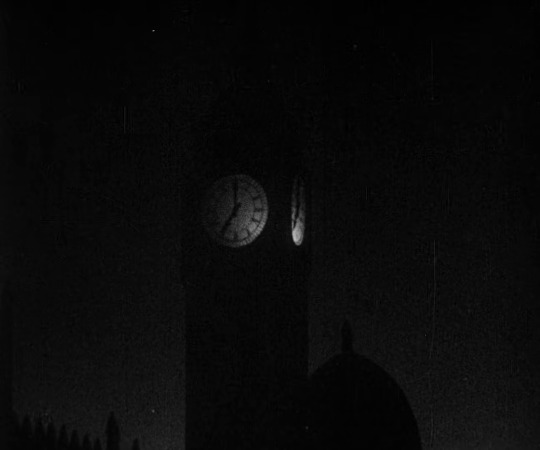

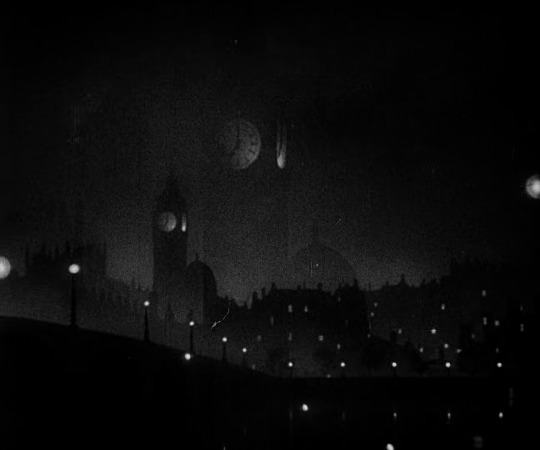

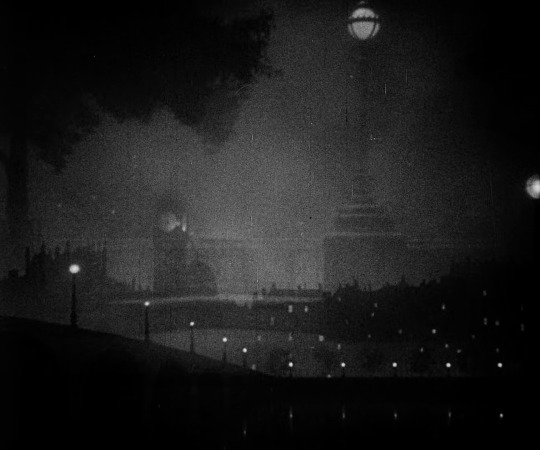
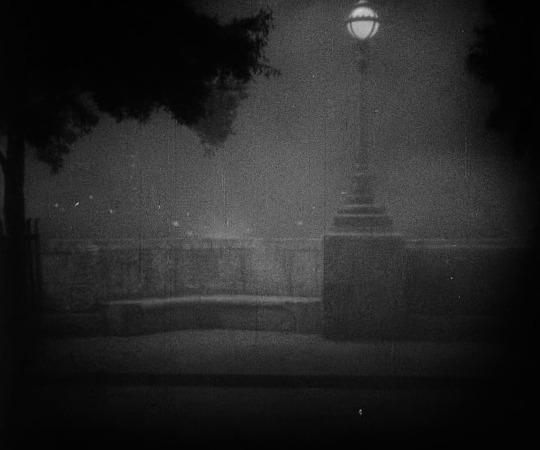

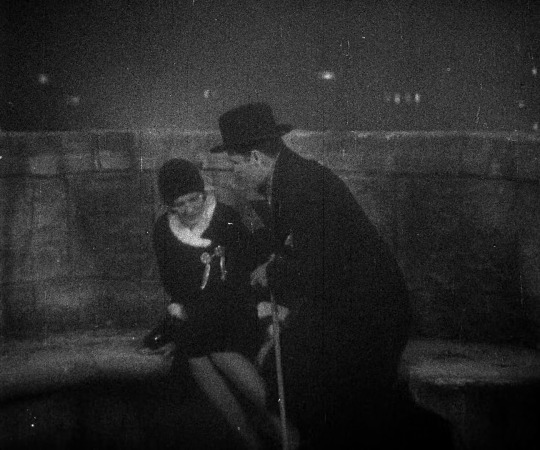


The Mysterious Dr. Fu Manchu (Rowland V. Lee, 1929).
#the mysterious dr. fu manchu#fu manchu#rowland v. lee#sax rohmer#jean arthur#william austin#harry fischbeck#travis banton
37 notes
·
View notes
Text

May 1971. Neal Adams cover for the first appearance of Talia, today called (deplorably) Talia al Ghul. (Adams did not do the interior art for the cover story, which is by Bob Brown and Dick Giordano.)
With all the — entirely justified — criticism of how Talia has been handled over the past decade, one may wonder if there was some prelapsarian nonracist early version of this character. Nope! Talia, like her father, is a character for whom a troubling degree of Orientalist racism is a load-bearing conceptual element. In her initial appearance she is, by O'Neil's own later admission, just a plot device, a helpless damsel in distress; her relationship to Ra's al Ghul (who had not yet appeared) was apparently added to the dialogue at the last minute, after this issue was mostly finished. In her second appearance in BATMAN #232 (June 1971), this time drawn by Adams, Talia is "promoted" to exotic eye candy, an Orientalist caricature without a single word of dialogue. By her third appearance three months later (in BATMAN #235), she's emerged as a femme fatale of ambiguous motives, an obvious pastiche of Sax Rohmer's Fah Lo Suee, the daughter of Fu Manchu.
Both Denny O'Neil and Neal Adams tended to bristle at the suggestion that Ra's al Ghul has any relationship to Fu Manchu, but the similarities are hard to miss, and Talia is one of those. Fah Lo Suee, first seen in THE HAND OF FU MANCHU in 1917, was at times her father's dutiful servant; at times his rival; and occasionally his enemy, since she could be swayed by the charms of one or the other of his white opponents. She herself was Eurasian, and her moral conflict was unambiguously racialized: Her choice was to succumb to the evil, Asian side of her nature (through allegiance to her father and/or his pan-Oriental secret society), or embrace good and whiteness (in her case, through romance with a heroic white man). You may notice that this also summarizes the basic tension of Talia's roles in the Batman mythos, and not just recently! In a 1984 interview, O'Neil described Talia as "tainted with evil" because of her father, and the degree to which she's ever been portrayed as good or heroic has always been directly tied to her willingness to reject her father in favor of Bruce and whiteness. Save for a throwaway line in this issue about her studying medicine at the University of Cairo (swiftly forgotten even by O'Neil), her role in the stories has never allowed for even the possibility of any third alternative.
To be sure, some of Talia's appearances are more offensive than others, but the point is that she, like Fah Lo Suee, is a character who is fundamentally shaped by Orientalism and ideas of white supremacy, which don't disappear even if one tinkers with the details (e.g., by making both Ra's and Talia white, as the Nolan movies did). That in turn has fundamentally shaped the way Talia is characterized with regard to her son, to whom Talia's racialized moral conflict has essentially been transferred.
#comics#batman#detective comics#neal adams#league of assassins#talia#talia al ghul#denny o'neil#bob brown#dick giordano#fu manchu#fah lo suee#ra's al ghul#sax rohmer#bruce wayne
20 notes
·
View notes
Photo
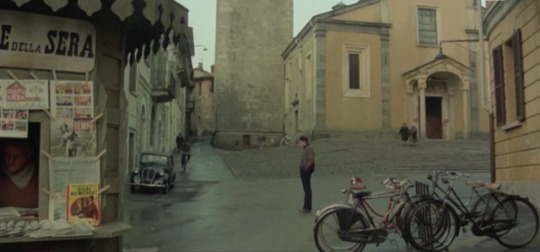
La stanza del vescovo (1977) by Dino Risi
Book title: Guai all’infedele! (Salute to Bazarada and Other Stories in English; 1939) by Sax Rohmer
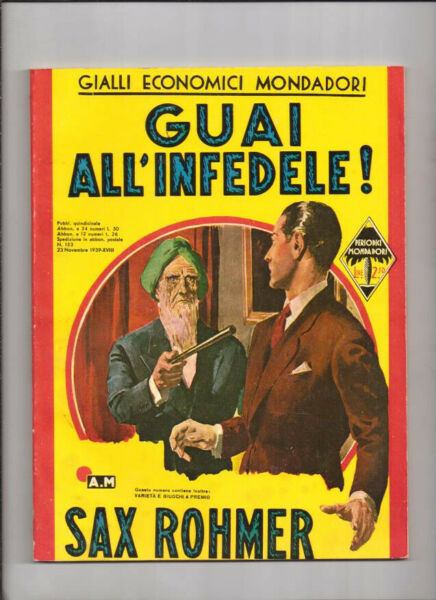
This was published as part of the Italian series Gialli Economici Mondadori
#guai all'infedele#la stanza del vescovo#dino risi#books in movies#english literature#the bishop's room#sax rohmer#Salute to Bazarada and Other Stories
8 notes
·
View notes
Text

THE GIRL FROM RIO (jess Franco, 1969)
"From her secret city, "Femina", Sumuru assembles an army of women with which she will conquer the world."
#jess franco#cult cinema#60s fil#60s films#60s cinema#60s movies#1960s film#1960s films#1960s movies#1960s cinema#jesus franco#exploitation#exploitation cinema#exploitation movies#sax rohmer#pulp#60s pulp#pulp action#euro#euro spy#spies#1960s spies#sumuru#femina
27 notes
·
View notes
Text

SAX ROHMER #1 — 2am concept sketch.
28 notes
·
View notes
Text

Daughter of Fu-Manchu by Sax Rohmer
Rating: ❤️❤️❤❤❤
If you read this book please bear in mind the time it was written in, there is a lot of racism, religious intolerance and misogyny, which is totally unacceptable today.
8 notes
·
View notes
Text
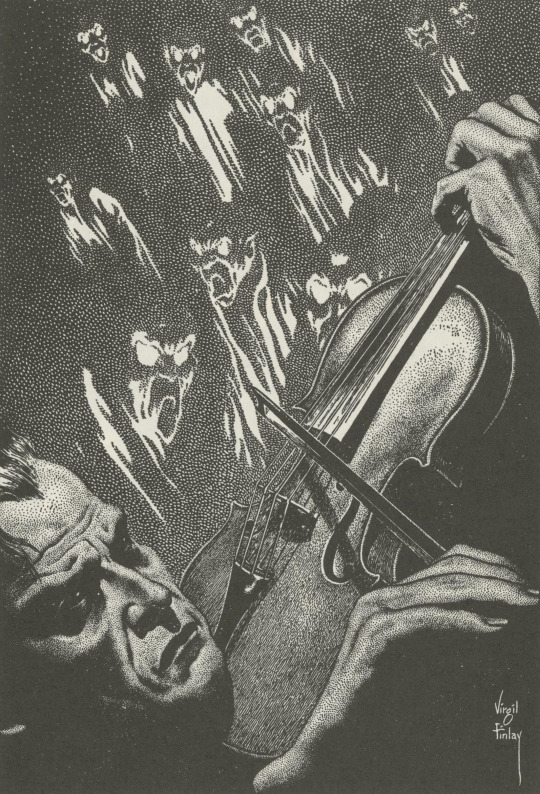
"His playing awakened dark things..." - Sax Rohmer
Virgil Finlay - Tchériapin
(Famous Fantastic Mysteries - July 1951)
#virgil finlay#tchériapin#sax rohmer#famous fantastic mysteries#pulp art#horror art#demons#evil spirits#art#illustration
179 notes
·
View notes
Text
Love how the mountain goats are the daddy issues band but I actually got into them because when I was like 7 or 8 some of my dad's favorite songs were The Best Ever Death Metal Band Out of Denton and Sax Rohmer #1 and I came to associate them with like. Him playing them in the car when I went to the hardware store with him on the weekend. Which is just the corniest americana. They're like the opposite of the daddy issues band for me. They're the Memories of Fatherly Love band. It's fine cus I still have tons of mommy issues tho
22 notes
·
View notes
Text
I AM COMING HOME TO YOU WITH MY OWN BLOOD IN MY MOUTH
9 notes
·
View notes
Text
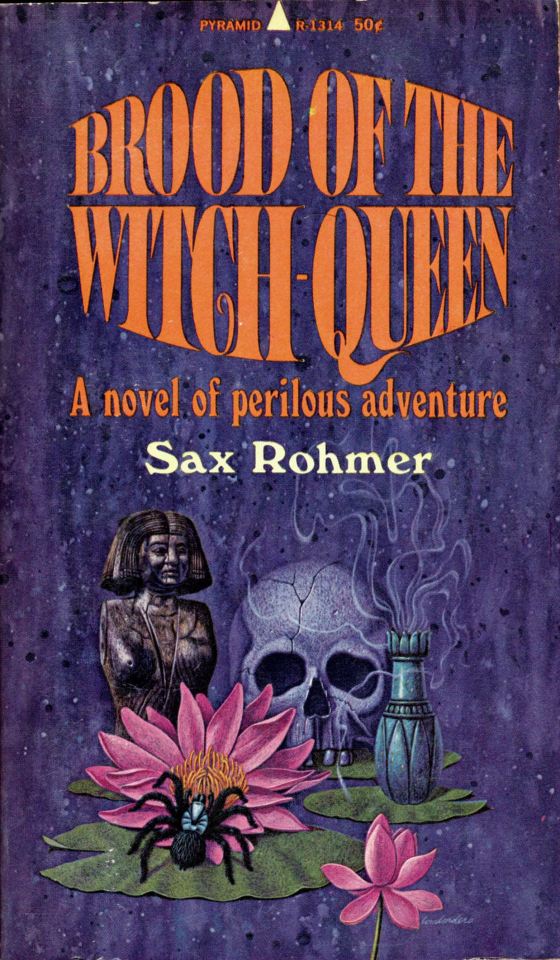
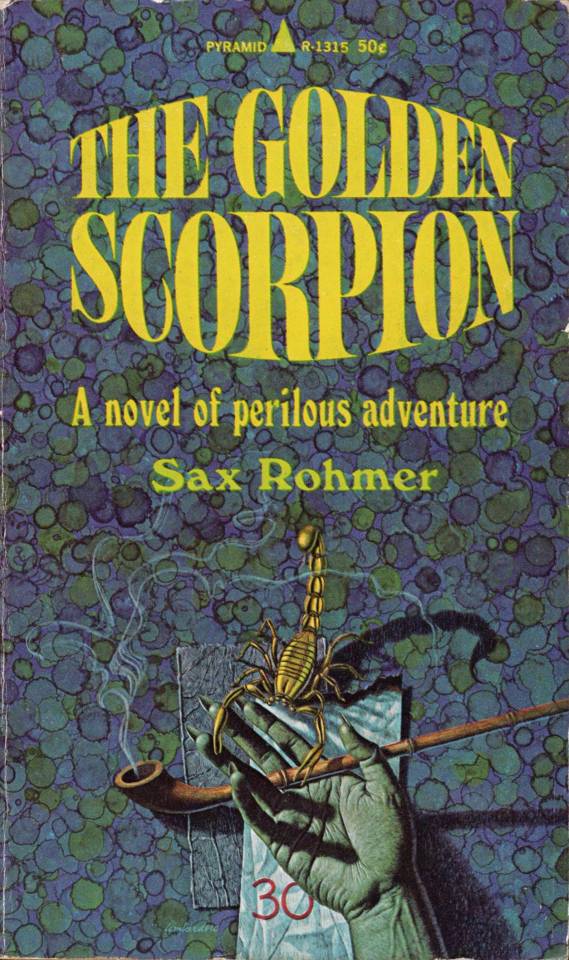


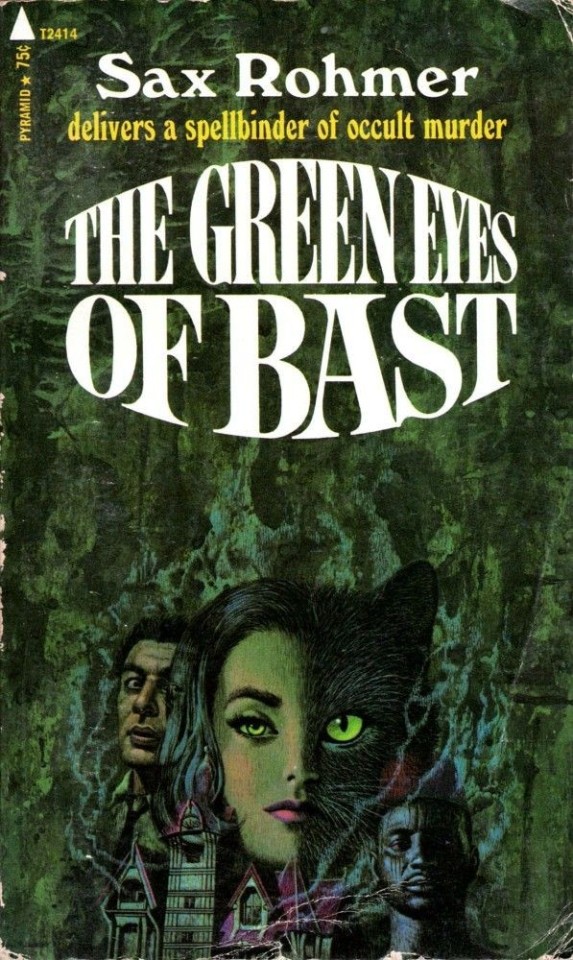
1. 💀🕷🕸 Sax Rohmer, Brood of the Witch-Queen (NY: Pyramid Books, 1966), with cover art by J. (Joe) Lombardero.
2. 🦂 Sax Rohmer, The Golden Scorpion (NY: Pyramid Books, 1966), with cover art by J. (Joe) Lombardero.
3. 💀🕵♂️ 🦜🐁 Sax Rohmer, The Dream Detective (NY: Pyramid Books, 1966), with cover art by J. (Joe) Lombardero.
4. 🐉🐲 Sax Rohmer, The Yellow Claw (NY: Pyramid Books, 1966), with cover art by J. (Joe) Lombardero.
5. 🐈⬛️ Sax Rohmer, The Green Eyes of Bast (NY: Pyramid Books, 1971), with cover art by J. (Joe) Lombardero.
Scans and info:
#j. lombardero#joe lombardero#sax rohmer#book cover art#brood of the witch-queen#brood#witch#queen#the golden scorpion#golden#scorpion#the dream detective#dream#detective#the yellow claw#yellow#claw#the green eyes of bast#green eyes#bast#bastet#retro books#novel art#mystery novel#horror novel#adventure novels#cat#the occult#book covers#pyramid books
7 notes
·
View notes
